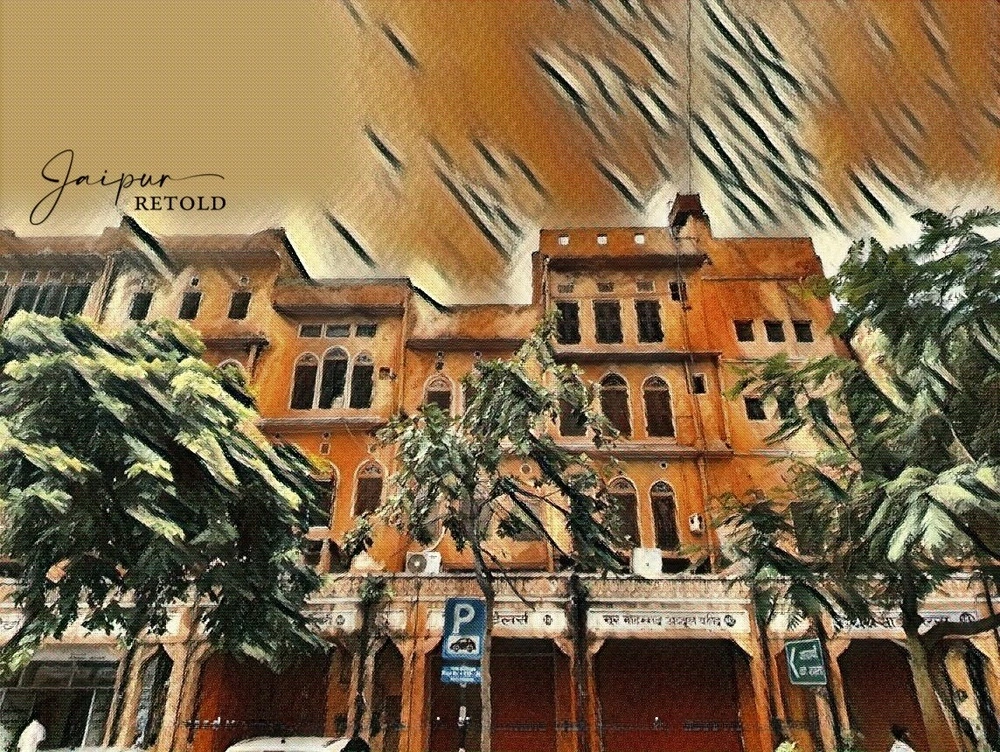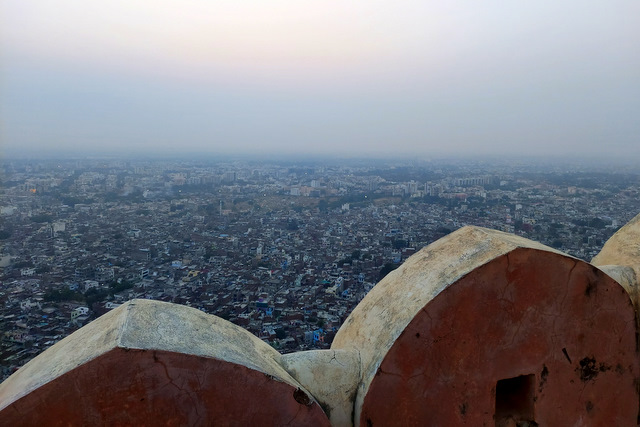
About Jaipur | Everything You Need To Know
Jaipur is known the world over as the Pink City. Its captivating blend of age-old traditions and customs, cultural diversity, and architectural splendor has earned it the epithet of the “Pink City,” a moniker that reflects the warm terracotta hue that adorns its bazaars. Jaipur stands as a testament to the artistic finesse of its creators and the enduring allure of its heritage. This blog has all the information that you need about Jaipur.
Jaipur History | Lifting the Veil
Jaipur was founded in 1727 when Maharaja Sawai Jai Singh II decided to shift his capital from Amer. Renowned for his foresight and acumen, Sawai Jai Singh II was instrumental in planning the city’s layout based on ancient Hindu architectural principles. He is instrumental in bringing forth a harmonious blend of symmetry and aesthetic brilliance.
Jaipur, a princely state merged with other princely states to form the state of Rajasthan. The first foundation day was celebrated on 30 March 1949.
Why Jaipur Is Called The Pink City?
Jaipur was painted pink in 1876 AD at the behest of Maharaja Sawai Ram Singh II to welcome the Prince of Wales, Edward Albert giving it the moniker “Pink City”; it is a hue that continues to symbolize hospitality and grace.
The Cultural Kaleidoscope of Jaipur
Jaipur is more than just another city. The Pink City is a melting pot of diverse traditions, a place where ancient rituals coexist with modern lifestyles. Jaipur is renowned for its handicrafts, especially its intricate jewelry, vibrant block-printed textiles, and exquisite stonework.
It is home to many magnificent architectural legacy. Some of these are Hawa Mahal, Jantar Mantar, Jal Mahal, City Palace, and Nahargarh Fort, to name a few. Beyond its architectural splendors, Jaipur stands as a cultural hub, fostering traditional arts and crafts.
The bustling markets of Johari Bazaar and Tripolia Bazaar showcase the mastery of local artisans, offering visitors an opportunity to immerse themselves in the fine craftsmanship. The city’s vibrant traditional festivals, such as the Teej, Gangaur, Holi, and Diwali along with the new-age Jaipur Literature Festival, showcase its rich cultural heritage.

Jaipur Tourism | A Symphony of Experiences
Jaipur is a magnet for travelers from around the globe, drawn to its kaleidoscope of experiences. The city’s architectural marvels, from the UNESCO World Heritage Site of the Amber Fort to the Jantar Mantar astronomical observatory, offer a glimpse into its illustrious past.
The City Palace, an architectural marvel that fuses Mughal and Rajput styles, houses museums showcasing the royal treasures of the Maharajas. The bustling bazaars of the Pink City, filled with vibrant colors and exotic aromas, provide a sensory overload that captures the essence of the city’s spirit. The Jaipur heritage walking tour is one of the best ways to experience the Pink City.
Jaipur Layout & Vernacular Architecture
Jaipur’s vernacular architecture, deeply rooted in local traditions and materials, showcases the city’s unique character and cultural heritage. The use of pink color in the Bazaar, a hallmark of Jaipur’s buildings, lends a warm and inviting ambiance, while the intricate detailing and ornamentation reflect the skill and artistry of local artisans.
Havelis, traditional mansions adorned with intricate latticework and Jharokhas, are examples of Jaipur’s vernacular architecture. Often adorned with Chhatris, and frescoes, served as residences. Bazaars, temples, and community spaces are all imbued with a local flavor, reflecting the city’s rich tapestry of traditions and practices.
Jaipur’s urban planning also incorporates a hierarchical system of roads, with wider main thoroughfares leading to interconnected smaller streets and lanes. This network of roads facilitates easy access to various parts of the city, while also ensuring a sense of order and coherence.
Facts
Topography
Jaipur is located in the north-western part of Rajasthan. The city is surrounded by flat fertile land and Aravali hills.
Climate
The climatic condition of Jaipur is best described as a semi-arid climate influenced by monsoons. The city experiences long hot and dry summers, followed by a monsoon-fed rainy season. It is followed by a short mild-dry winter season.
Language
Most people speak Hindi, the official language. The native language is the Dhundari dialect of Rajasthani. English is also used especially by the youth.
